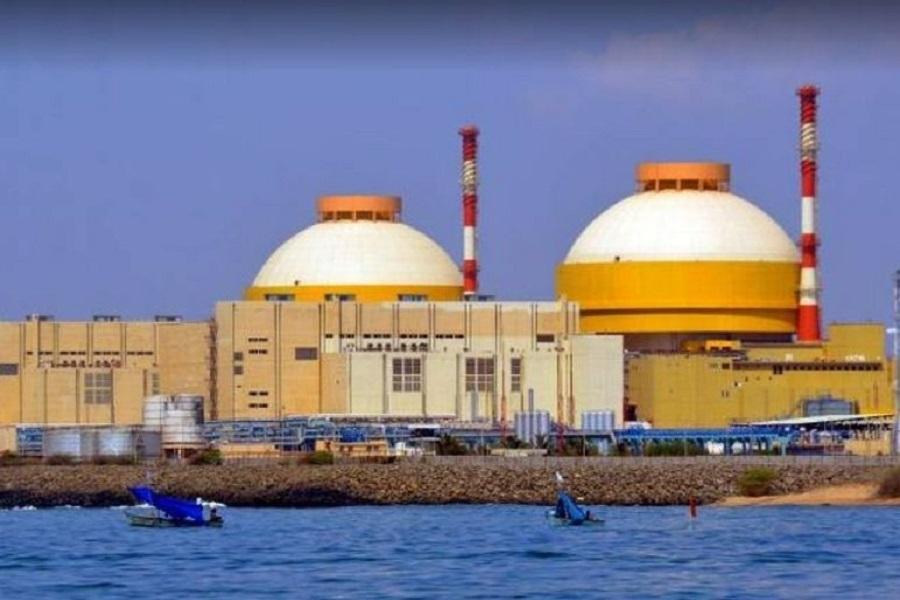
Centre Reviews 100 GW Nuclear Mission to Boost Clean Energy Goals
The Indian government has taken a significant step towards achieving its ambitious clean energy targets by reviewing the 100 GW Nuclear Energy Mission. Union Power Minister Manohar Lal Khattar and Minister of State for Atomic Energy, Dr Jitendra Singh, convened a high-level meeting to discuss the mission’s progress and outline key directives to ensure its success. This meeting is a follow-up on Prime Minister Narendra Modi’s vision to expand India’s clean energy basket and reaffirms the country’s commitment to achieving Net Zero emissions.
The 100 GW Nuclear Energy Mission was first announced in 2015 with the aim of generating 100 gigawatts of electricity from nuclear power by 2031. This mission is a crucial component of India’s plan to reduce its carbon footprint and meet its Paris Agreement commitments. The country has set an ambitious target of reducing its greenhouse gas emissions by 33-35% by 2030 compared to 2005 levels.
The meeting, which was attended by senior officials from the Ministry of Power, Ministry of New and Renewable Energy, and Nuclear Power Corporation of India Limited (NPCIL), discussed various aspects of the mission, including its current status, challenges, and future plans. The government has set a target of adding 5,000 MW of nuclear power capacity by 2024-25, which represents a significant increase from the current capacity of around 6,700 MW.
To achieve this target, the government has outlined several key directives, including the development of new nuclear power projects, upgradation of existing capacities, and increasing the use of nuclear energy in industry and transportation. The government has also emphasized the need for greater private sector participation in the nuclear energy sector to achieve the mission’s objectives.
One of the major challenges facing the 100 GW Nuclear Energy Mission is the lack of domestic uranium production. India is heavily dependent on imports to meet its nuclear fuel requirements, which can be a significant constraint on the growth of the nuclear energy sector. To address this issue, the government has announced plans to increase domestic uranium production and reduce imports.
The government has also emphasized the need for greater investment in research and development to improve the efficiency and safety of nuclear power plants. The development of advanced reactor technologies, such as small modular reactors (SMRs) and Generation IV reactors, can help to reduce the cost of nuclear power and increase its competitiveness with other forms of energy.
The 100 GW Nuclear Energy Mission is not only important for India’s energy security but also for its economic growth and development. Nuclear power can provide a reliable and clean source of energy, which can help to reduce the country’s dependence on imported fossil fuels and mitigate the impacts of climate change.
The government’s commitment to achieving Net Zero emissions by 2070 is also dependent on the success of the 100 GW Nuclear Energy Mission. Nuclear power can play a significant role in reducing India’s carbon footprint by providing a low-carbon source of energy.
In conclusion, the review of the 100 GW Nuclear Energy Mission is an important step towards achieving India’s clean energy goals. The government’s key directives, including the development of new nuclear power projects, upgradation of existing capacities, and increasing private sector participation, can help to achieve the mission’s objectives. The success of the mission is crucial for India’s energy security, economic growth, and development, as well as its commitment to achieving Net Zero emissions.
Source:






